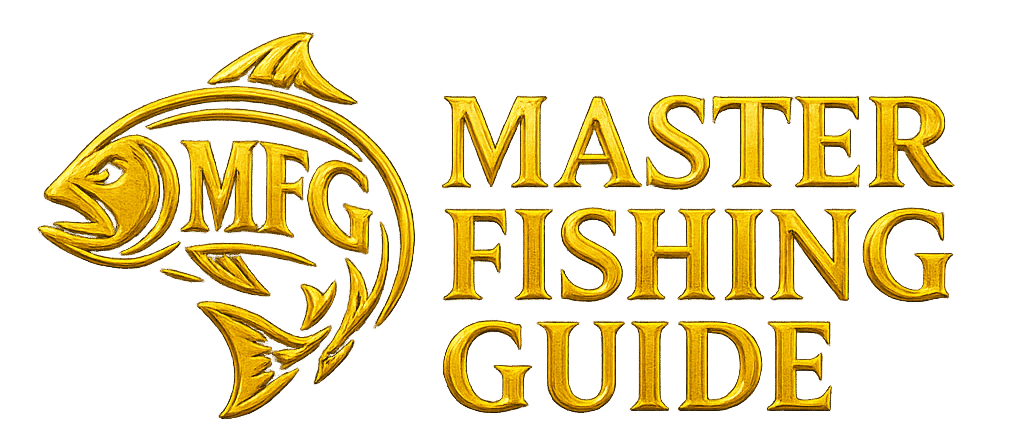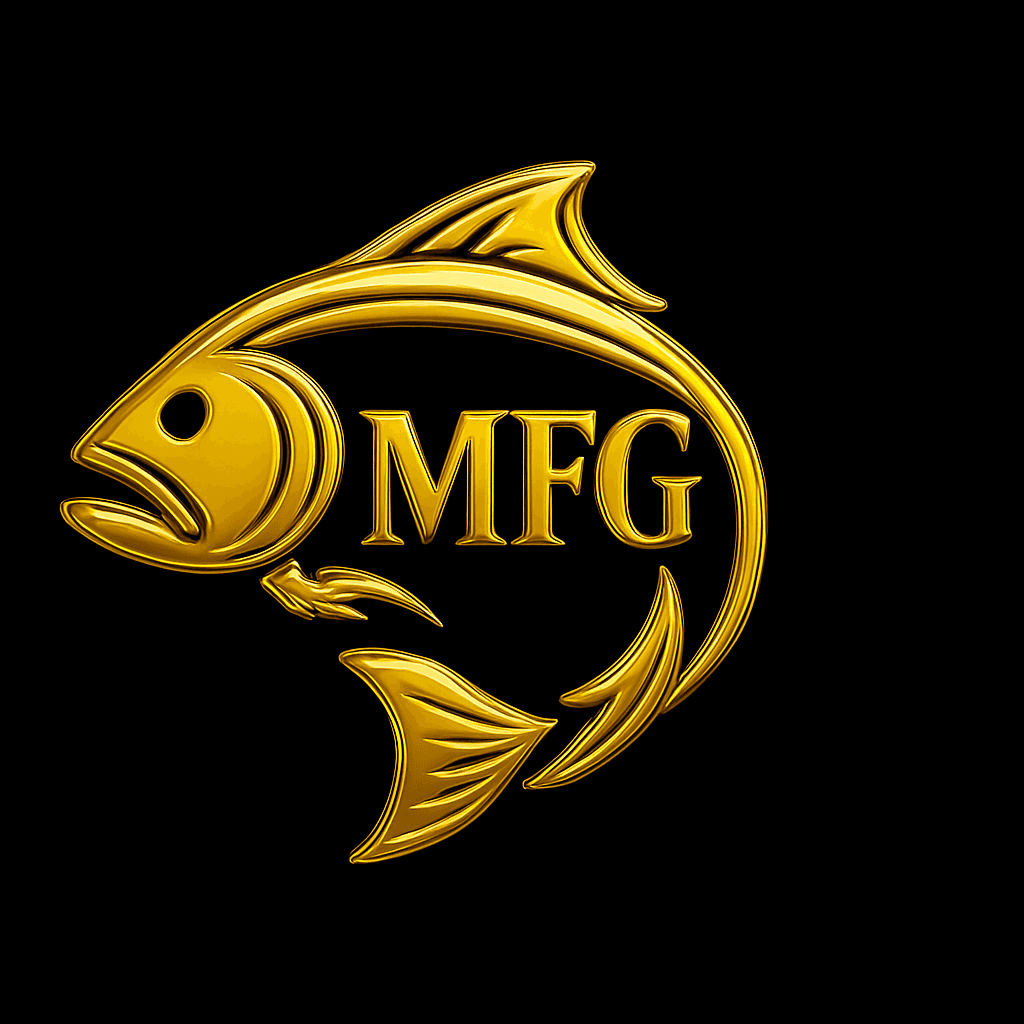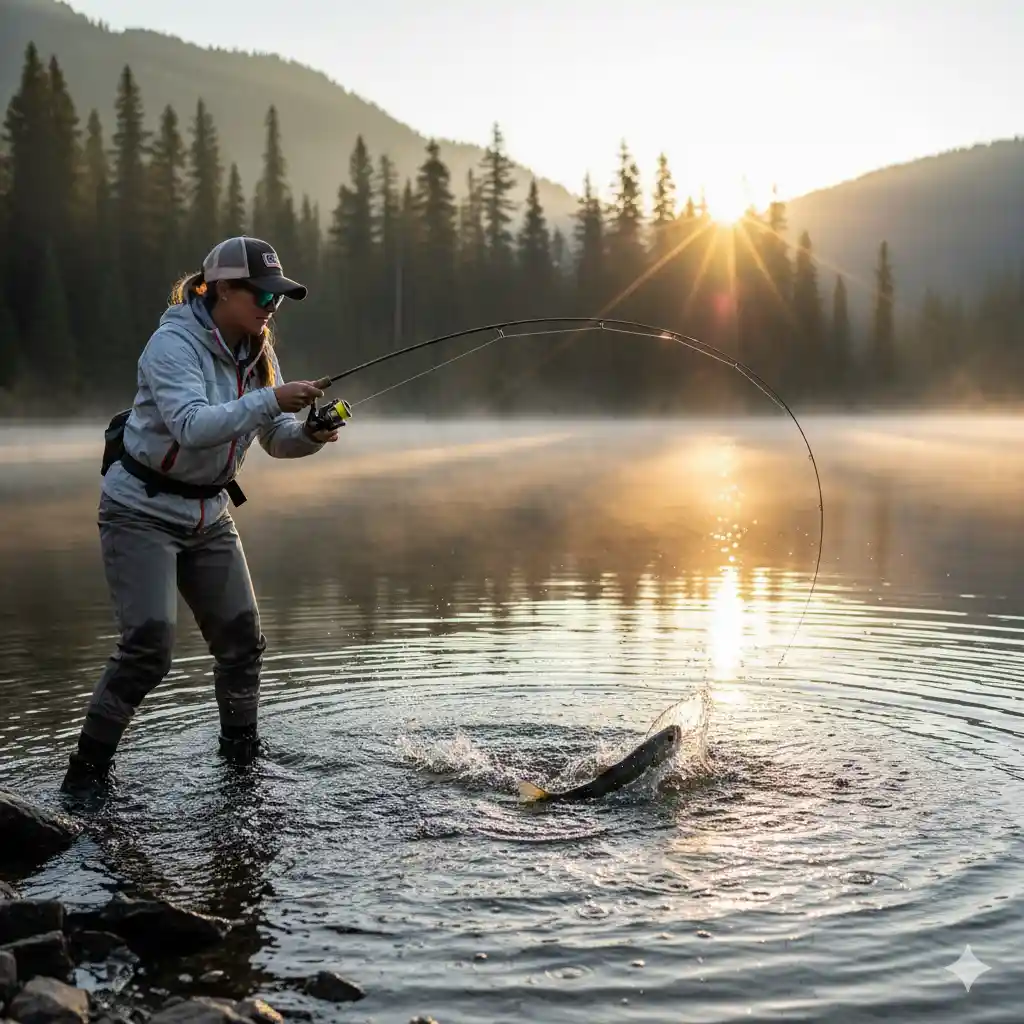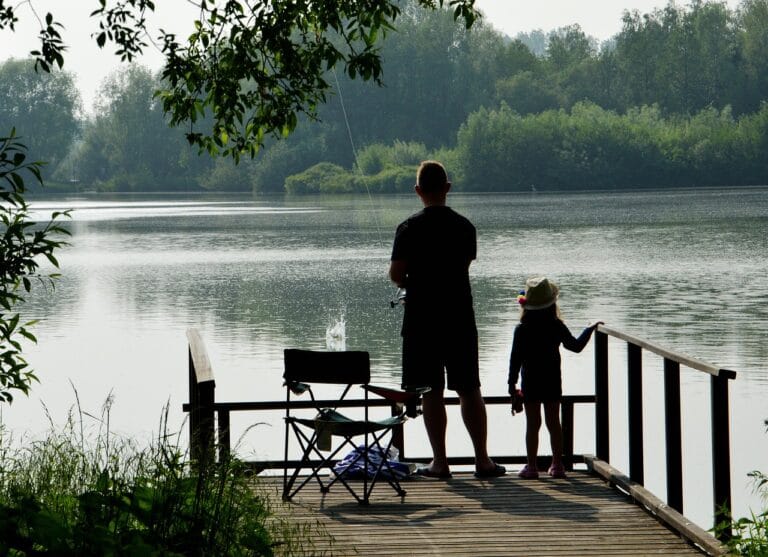BFS Fishing 2025 – The Ultralight Revolution in Baitcasting
The Bait Finesse System, or BFS, is changing the way anglers think about light tackle. Once a niche method used by Japanese bass fishermen, this ultralight baitcasting approach has exploded worldwide — and in 2025, it’s everywhere. What started as a quiet finesse technique is now a full-blown revolution, giving anglers more precision, sensitivity, and control than ever before. For anglers focused on bass, see our full Bass Fishing Guide 2025 for techniques, rods, and lure setups that complement BFS perfectly.
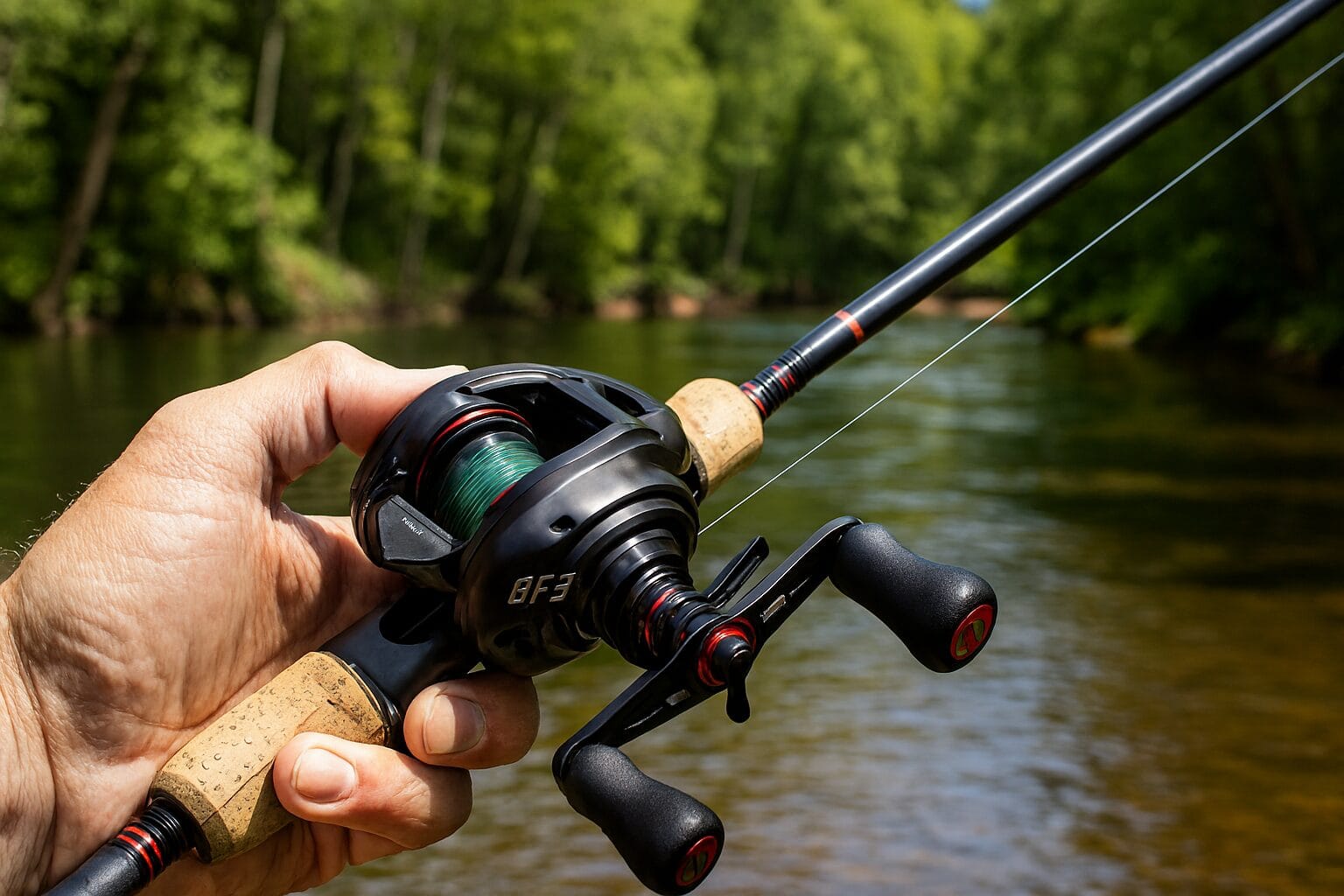
As an Amazon Associate, we earn from qualifying purchases — no cost to you. That’s how we keep this site running. Read more ›
What Is BFS Fishing?
If you’ve been fishing for years and think you’ve seen every trend come and go, think again. The Bait Finesse System (BFS) isn’t another passing fad — it’s a true shift in how anglers fish with lightweight lures. Developed in Japan to handle ultra-clear, pressured waters, BFS uses baitcasting gear designed for extreme finesse and accuracy. In 2025, this style has become one of the most talked-about techniques among bass, trout, and panfish anglers worldwide.
BFS setups use super-light baitcasting reels with shallow spools, tuned braking systems, and light rods capable of casting lures between 1 and 7 grams. The result? You can present a tiny lure with perfect precision and total control — something traditional baitcasters could never do. Instead of overpowering the water, BFS gives you the sensitivity and finesse to tempt even the smartest fish.
Why Switch to BFS in 2025
Traditional baitcasters were built for power, not finesse. They handled heavy lines and large lures but struggled with anything below 10 grams. Modern BFS reels and rods have changed that completely. With lighter spools, improved bearings, and micro braking systems, anglers can now throw tiny crankbaits, jigs, and soft plastics with ease — and still enjoy the casting control that makes baitcasting so addictive.
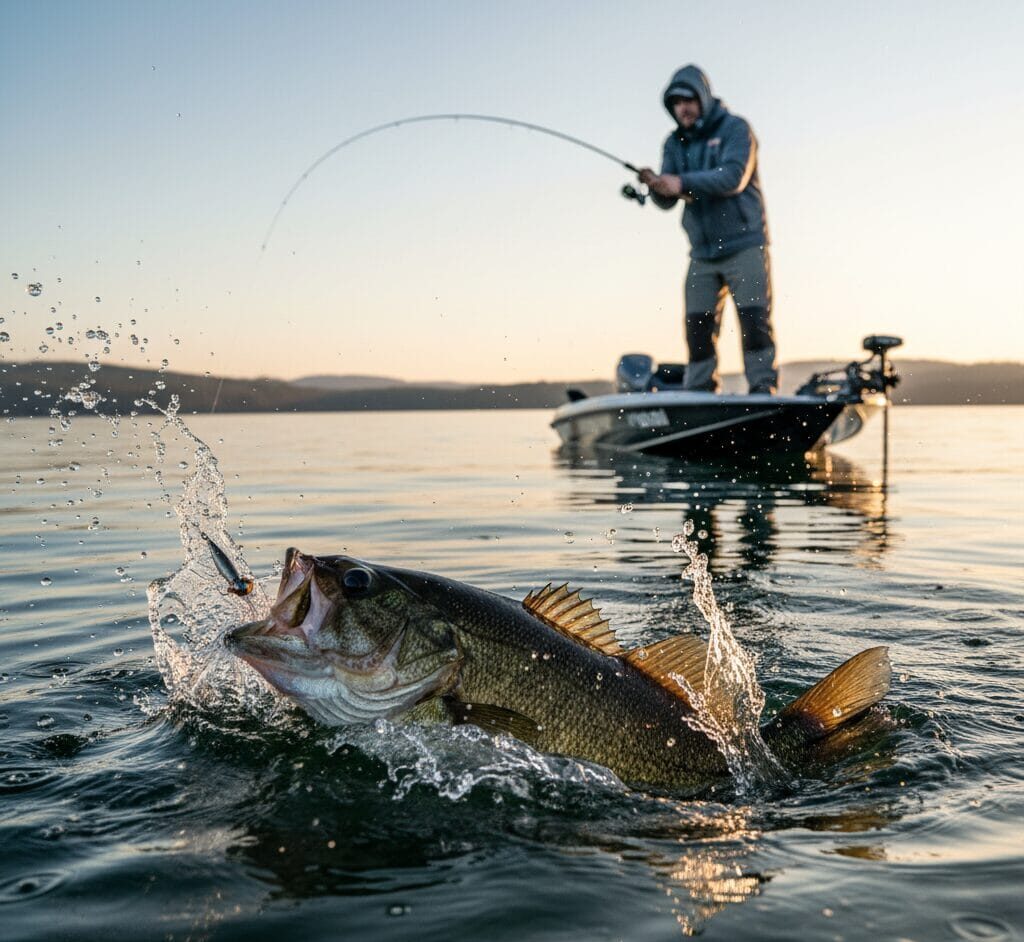
Major brands like Shimano, Daiwa, and KastKing have embraced the BFS boom, releasing specialized rods and reels built around ultralight performance. On social media, thousands of anglers are showing off BFS setups and catches, turning what was once a niche Japanese method into a worldwide trend.
BFS vs Spinning: Is It Worth It?
At Master Fishing Guide, we see BFS as more than a trend — it’s the future of light tackle fishing. After testing dozens of setups across different species and waters, one thing became clear: BFS bridges the gap between spinning and baitcasting perfectly. It gives you casting accuracy, incredible feedback, and the fun of playing fish on ultralight gear — without the frustrations of backlashes or line twist.
For anglers chasing bass, trout, or panfish, BFS opens a whole new dimension. You can fish small topwaters in shallow water, twitch micro jerkbaits around structure, or drop tiny soft plastics into tight cover. It’s about presentation and control, not brute strength. That’s why in 2025, BFS isn’t just an experiment — it’s a movement.
In the next section, we’ll break down everything you need to build your perfect BFS setup — from the right rod and reel to the ideal line and lure weights. If you’re ready to experience the finesse revolution, this is your complete guide to mastering the Bait Finesse System.
BFS Rod, Reel, Line: Best Setup (2025)
Building a reliable BFS setup means pairing a light, fast rod with a shallow-spool baitcaster, thin braid, and truly light lures (1–7 g). Use the guidelines below to avoid common mistakes and maximize casting distance, control, and sensitivity.
BFS Rod Guide
Length: 6’6″–7’0″ (control + distance).
Power: UL or L — the blank must load with 1–7 g.
Action: Fast to Extra-Fast — crisp casting and better bite detection.
Lure rating: 1–7 g is the sweet spot for beginners.
Handle & weight: Shorter handle for wrist work; aim for the lightest rod possible (≈ ≤100 g when feasible).
Guides: Small, quality, low-profile guides manage thin braid/leader better.
Quick check: If the rod can’t confidently cast below ~5 g, it’s a light casting rod, not true BFS.
BFS Reel Settings
Spool: Shallow, ~28–34 mm diameter; very low spool mass (ideally <8 g “naked”).
Brakes: Fine micro-adjust (magnetic/centrifugal). Start mid-setting + snug tension knob.
Gear ratio: 6.3:1–8.1:1 (higher helps quick pick-up on slack line).
Drag: A stable 3–5 kg is plenty for bass/trout/panfish BFS.
Capacity: Thin braid (PE #0.6–#1.0) ~80–120 m on a shallow spool.
How to dial it in (step-by-step):
1) Tighten the tension knob so a 4 g test lure barely drops on its own.
2) Set brakes to the middle as a baseline.
3) Make your first 20 casts with a tailwind; then reduce brakes 1 click at a time until you flirt with overrun — add back 1–2 clicks.
4) Fill the spool to ~1–2 mm below the rim; overfilling increases backlash risk with ultralights.
BFS Line & Leader
Main (braid): 6–10 lb (≈ 2.7–4.5 kg, 8-strand is smoother).
Leader (fluoro): 4–8 lb (≈ 1.8–3.6 kg); ~60–90 cm (shorter for target casting, longer for clear water).
Knots: FG (ideal) or Albright; cinch cleanly and trim tags tight.
Why this works: Thin braid boosts distance and feel; fluoro adds stealth and abrasion resistance.
Best BFS Lure Weights
The magic of true BFS starts with realistically light baits. Live in the 2–7 g range. If you’re easily casting 8–10 g, that’s light casting — not full BFS feel.
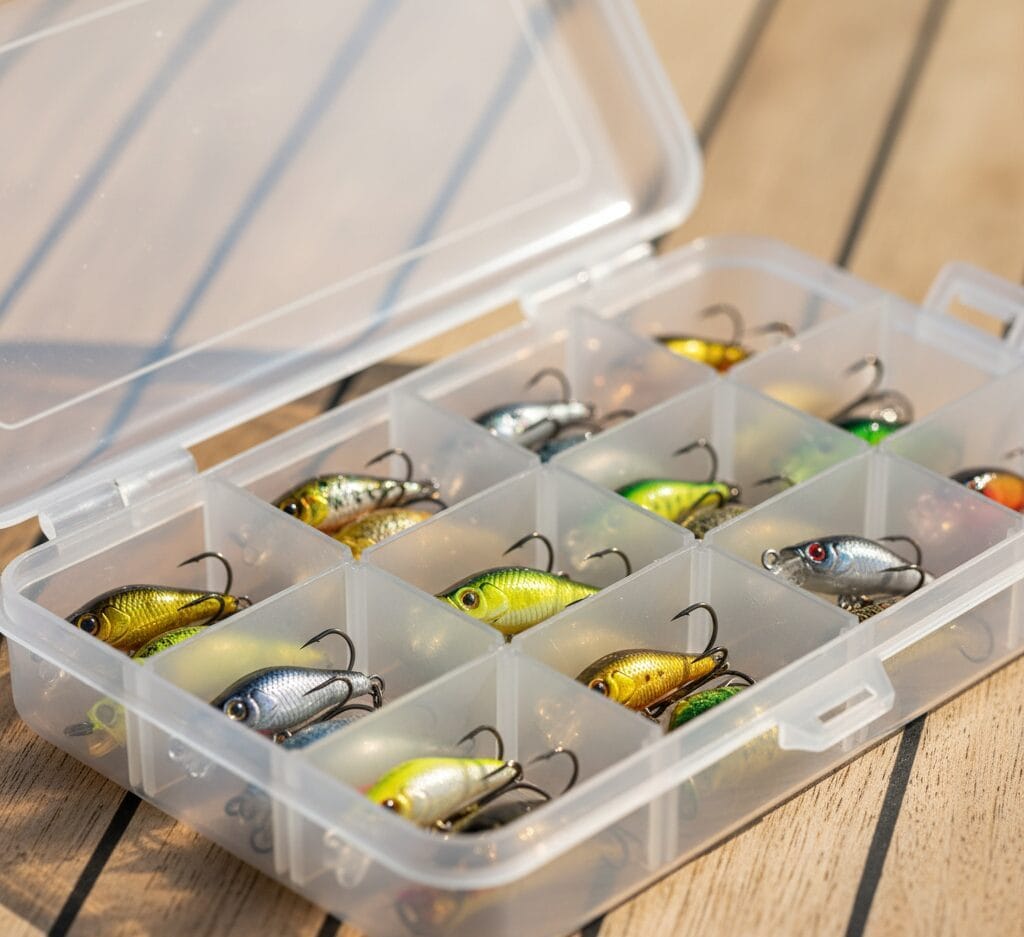
- Micro crankbaits: 3–5 g — search and reaction strikes.
- Mini jerkbaits: 3–6 g — twitch around cover, shine in clear water.
- Soft plastics (Ned/micro jig): 1/32–1/16 oz (≈ 0.9–1.8 g) heads with 2–3″ plastics.
- Tiny swimbaits: 2″ on 1/16 oz jig (≈ 1.8 g) — universal “numbers” choice.
- Small topwaters: 3–6 g — precise shallow presentations.
BFS Setup Chart
| Target | Rod | Reel | Main Line | Leader | Lure Range | Notes |
|---|---|---|---|---|---|---|
| Bass (all-around) | 6’10” L, Fast | Shallow spool, mid brakes | Braid 8–10 lb (≈ 3.6–4.5 kg) | Fluoro 6–8 lb (≈ 2.7–3.6 kg) | 3–7 g (≈ 1/8–1/4 oz) | Micro cranks, mini jerks, 1/16 oz (≈ 1.8 g) jigs |
| Trout (creeks) | 6’6″ UL/L, Fast | Shallow spool, fine brakes | Braid 6–8 lb (≈ 2.7–3.6 kg) | Fluoro 4–6 lb (≈ 1.8–2.7 kg) | 2–5 g (≈ 1/16–3/16 oz) | Small jerk/crank; tiny spoons 1/32–1/8 oz (≈ 0.9–3.5 g) |
| Crappie/Panfish | 6’6″ UL, Fast | Shallow spool, light tension | Braid 6 lb (≈ 2.7 kg) | Fluoro 4–6 lb (≈ 1.8–2.7 kg) | 1–4 g (≈ 1/32–1/8 oz) | 2″ swimbait; micro jigs 1/32–1/16 oz (≈ 0.9–1.8 g) |
| Finesse cover | 7’0″ L, Fast | Shallow spool, stronger brakes | Braid 10 lb (≈ 4.5 kg) | Fluoro 8 lb (≈ 3.6 kg) | 4–7 g (≈ 1/8–1/4 oz) | Pinpoint casts near structure; mini topwaters 1/8 oz (≈ 3.5 g) |
Quick Fixes (Common Errors)
- Immediate backlash? Increase brakes + tighten tension knob ~1/8 turn; reduce spool fill by 1–2 mm.
- Short distance? Thinner braid, cleaner knot, more aerodynamic bait (micro crank/jerk).
- Rod not loading? Power is too high (drop from L to UL) or lure is outside the rating.
- Lure action off? Shorten leader, adjust fluoro diameter, or change jig head (1/32 ↔ 1/16 oz).
Next up: our BFS Reels and BFS Rods picks for 2025 across budget, mid, and premium tiers — with the exact reasons each model earns a spot.
Best BFS Reels (2025) — MFG Picks
Purpose-built baitcasters for ultralight lures, organized by budget.
Best Budget BFS Reel
KastKing Kestrel Elite — casts confidently into the 1/32–1/16 oz range; lightweight spool and usable magnetic brakes. Check it: KastKing Kestrel Elite
Best Mid-Range BFS Reel
Daiwa Alphas Air TW — shallow spool with refined braking extends the range down to 2–3 g and improves consistency in wind. Check it: Daiwa Alphas Air TW
Best Premium BFS Reel
Shimano Curado BFS — premium-value BFS platform with smooth startup and precise brake steps; availability varies by region/seller. Check it: Shimano Curado BFS
Best BFS Rods (2025) — MFG Picks
Choose blanks that truly load in the 1–7 g window; length 6’6″–7’0″, UL/L power, Fast/Extra-Fast action.
Best Budget BFS Rod
HANDING Magic L BFS — forgiving UL/L blank that loads well with micro baits; solid entry option. Check it: HANDING Magic L BFS
Best Mid-Range BFS Rod
KastKing Zephyr BFS Casting — fast action with a sensible guide train for 2–7 g work; good balance and bite feedback. Check it: KastKing Zephyr BFS Casting
Best Premium BFS Rod
SEASIR Black Arrow BFS — responsive 36T carbon blank and minimalist build for precise control with 2–5 g lures. Check it: SEASIR Black Arrow BFS
How to Match Rod & Reel
- Beginner combo: Kestrel Elite + Magic L BFS; braid 8 lb + fluoro 6 lb; 3–7 g baits.
- All-around combo: Alphas Air TW + Zephyr BFS; braid 10 lb + fluoro 8 lb; 2–7 g baits.
- Ultra-finesse combo: Curado BFS + premium BFS rod; braid 8 lb + fluoro 6 lb; 2–5 g baits.
Best BFS Lines & Lures (2025)
Your setup is only as strong as its line and bait. Here are MFG’s top picks for braid, leader, and ultralight lures that deliver precision on a BFS build. For bass-focused lure recommendations, see our Best Bass Lures 2025.
Best Braid for BFS
Seaguar JDM PEX8 Lure Edition — ultra-thin diameter, excellent knot strength, low stretch, ideal for finesse casting. Check it: Seaguar JDM PEX8 Lure Edition
Backup: PowerPro Slick V2 — smooth, thin, good all-around performance. Check it: PowerPro Slick V2
Backup: KastKing KastPro Finesse — thinner-spec braid version. Check it: KastKing KastPro Finesse
Best Leader (Fluorocarbon)
Seaguar JDM R18 Fluorocarbon — thin diameter, near-invisible underwater, excellent for finesse leader setups. Check it: Seaguar JDM R18 Fluorocarbon
Backup: Seaguar InvizX — strong, clear, and reliable fallback. Check it: Seaguar InvizX Fluoro
Backup: Sunline FC Sniper — proven performance for finesse anglers. Check it: Sunline FC Sniper
Best Ultralight Lures
Focus on micro crankbaits, micro jerkbaits, Ned/micro jigs, and tiny swimbaits — keep the weight between 2–7 g for true BFS feel.
- Micro Crankbait ~ 4 g — Check it: 4 g Micro Crankbait
- Mini Jerkbait ~ 5 g — Check it: 5 g Mini Jerkbait
- Ned Jig Head 1/16 oz (~ 1.8 g) — Check it: 1/16 oz Ned Jig Head
- 2″ Swimbait on 1/16 oz — Check it: 2″ Swimbait 1/16 oz
- Backup: Tiny Topwater ~ 3 g — Check it: 3 g Tiny Topwater
- Backup: Micro Spinner 2 g — Check it: 2 g Micro Spinner
Line & Lure Matching Tips
When water clarity is high, drop your leader test by 1–2 lb. In stained water, trust the braid more and use slightly heavier lures. Always match the lure to your rod / reel capability — even the best picks won’t perform if your foundation setup is off.
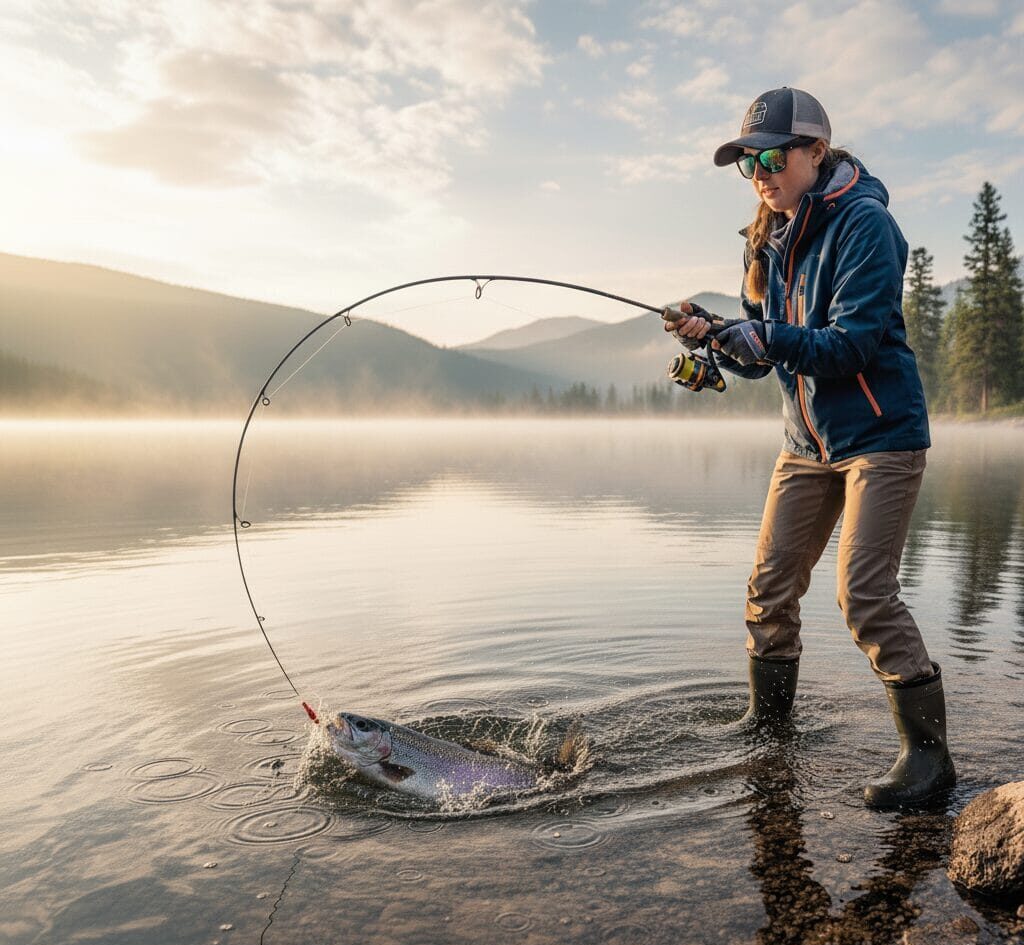
Whether you’re fishing from shore or a Boat, the right BFS combo can transform subtle presentation into bites. Start with the beginner setup, then iterate — try lighter fluoro, trim your spool fill, or test a different micro crank. For a deeper technical primer on BFS tuning and casting control, see In-Fisherman’s Beginner’s Guide to BFS. Tight lines — and may your casts reach the next level.
